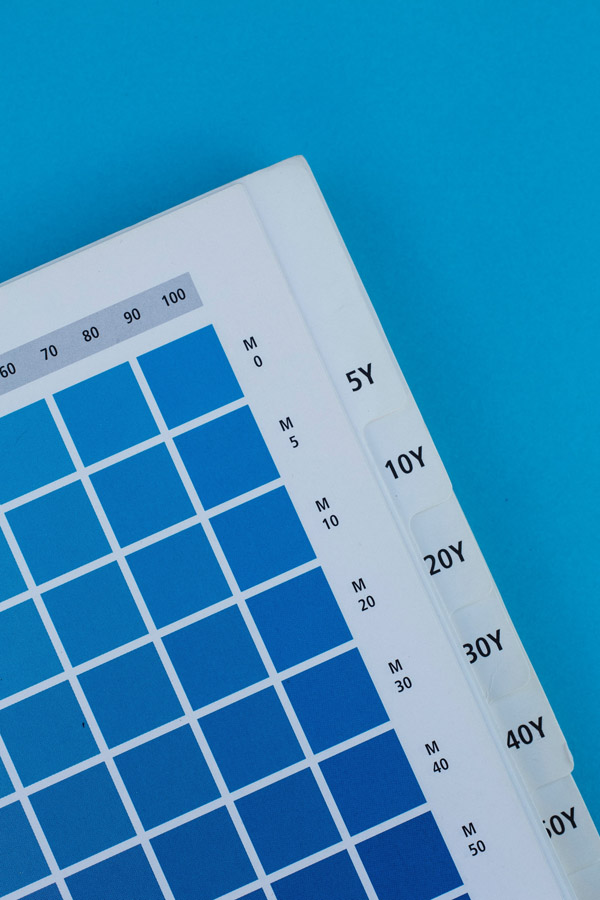Breathtaking cedar wood is a popular siding choice that keeps home interiors warm over winter and cool over summer. Western Red Cedar siding offers excellent dimensional strength that allows it to retain its shape and easily accept nails and stains. However, there will come a time when you need to replace cedar siding.
Cedar requires persistent, regular care to extend the life of the siding. A durable wood species, cedar endures weather admirably; some manufacturers offer over 20-year warranties as long as it’s properly maintained. Indeed, routine re-staining allows cedar siding to last for decades. It’s also crucial that the wood does not come into contact with the ground since it may shorten the lifespan.
Homeowners should be aware that cedar is classified as a soft wood. Therefore, it’s susceptible to dings, dents, and scratches. Additionally, leaving cedar siding exposed to the elements and untreated results in a weathered grey appearance. Too much sunlight dries it out and results in warps and cracks. This leaves the home interior susceptible to moisture damage from wet weather.
This brings us to the Signs it’s Time to Replace Cedar Siding:
- Cedar typically resists warping. If it’s beginning to show signs of moisture damage, it’s definitely time to replace it.
- Mold and mildew growth on the home is a main indicator siding requires replacement. Mold grows where water damage occurs. Over time, this leads to rot in various areas of the house and can also lead to health problems for occupants. Always consult with a professional to fully eradicate a mold problem. Mold can be dangerous if not dealt with in a safe manner.
- Rotting can be exposed by inserting a screwdriver or pry tool carefully under boards and joints along gutters and chimneys. If the area is soft, this indicates irreparable rotting damage. However, there may also be instances of dry rot. If siding crumbles when tapped with a small tool, this may indicate dry rot. Dry rot festers below the surface, leaving just the top layer of siding intact.
- A noticeable increase in cooling and heating bills may indicate a siding issue. Damaged cedar siding does not insulate the home as effectively, causing an increase in heating and cooling expenses.
- Peeling paint or wilting wallpaper may also point to worn siding. How so? When siding is worn out, exterior moisture can permeate through to the home interior. Upon further investigation, if there are no other indicators as to why paint or wallpaper is failing inside the home, it could signify siding needs to be replaced.
- Numerous loose or missing cedar shingles due to harsh weather conditions can suggest new siding is in store.
- Finally, holes and cracks in siding can occur due to various events. Hailstorms, flying balls, or burrowing insects can cause a great deal of damage. Left unattended, damaged siding can lead to bigger problems, such as rain and snow entering the house. It may be more cost effective to replace the siding at this point.
Most homeowners don’t know how old home siding is for a variety of reasons. Ultimately, it’s more important to recognize the signs that siding should be replaced than its actual age. Keep an eye out for these common indicators and contact our experts for further assistance.
The experts at Phoenix Siding are here to help you turn your dream project into a reality with our wide range of products and services. Call us at 250-758-3818 or email us blake@phoenixsiding.ca today to find out more about what we can do for you!



